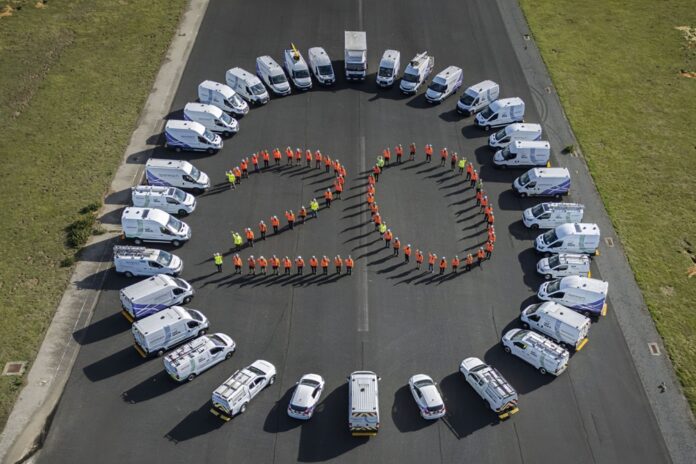UK’s former incumbent was late to the real full fibre party but is now passing 2 million premises a month – the take-up rate lags the European average by almost 20%
BT’s semi-detached broadband provider unit, Openreach, has passed 20 million homes and businesses with full fibre broadband, although most (62%) of the occupants are yet to sign up for the service. According to PointTopic last August, the mid-2023, fibre adoption rate ranged from 16.3% in Austria and Greece to 94.9% in Iceland, with the average among the 30 European countries it monitors standing at 57.2%, up from 54.4% the analyst recorded in mid-2022.
Openreach is a wholesale provider, obliged to open its network to retail broadband providers who sell the services. Arguably both BT/Openreach and regulator Ofcom scored an own goal when BT was allowed to market its fibre to the kerb as full fibre some years ago.
Confusion and differentiation
Research by Plum Consulting on behalf of the FTTH Council Europe found this had caused confusion and hampered sales – after all, if you’ve already got what you were told was full fibre and it’s adequate, why would you switch? It isn’t like operators in general have a reputation for smooth transactions and interactions.
It’s a tough market as people in the UK struggle with the cost of living: according to new research by Maru, 53% of 40,000 the British people it surveyed say that they are likely to switch to cheaper broadband and phone deals in 2025 to reduce costs.
Maru noted, “The study’s findings come as most broadband customers of providers like BT, PlusNet, EE, Virgin Media and Vodafone are seeing their monthly bills go up by around 6.4% or more this Spring. Prices of everyday essentials for consumers also remain high, with inflation remaining above the Bank of England’s 2% target and an unexpected rise in inflation to 3% in January 2025.”
Job not done yet
Clive Selley, Openreach’s Chief Executive, expressed concern about the communities yet to gain access to full fibre, saying: “Reaching 20 million premises is a UK infrastructure success story, and it’s a credit to the investment, hard work and ambition of everyone at Openreach. But the job’s not done yet. And the next premises are some of the very hardest to connect.
“To finish the job, we need the right support as an industry, including targeted help for some rural areas, faster planning approvals, better access to multi-dwelling buildings, and a regulatory and policy environment that gives investors’ confidence and allows competition to thrive.”
Late to the party
He didn’t mention how late the Openreach came to rolling out actual full fibre broadband, preferring to squeeze every drop it could out of its copper local loop: in 2019 the UK made it onto the FTTH Council Europe’s ranking for fibre broadband penetration when it managed to scramble over 1% (excluding Iceland) penetration rate threshold, taking the bottom ranking (thirty-third) position with 1.3%, which the FTTH’s research largely put down to altnets.
At that juncture the average penetration rate in the ranked European countries was 36.4%. In fairness, France aside, Europe’s other largest economies were also laggards and certainly Openreach has worked hard to make up for lost time, with its engineers reaching more than a million new homes every three months. Openreach “hopes” to pass 30 million premises by the end of the decade, “assuming the right economic and regulatory conditions exist”.




